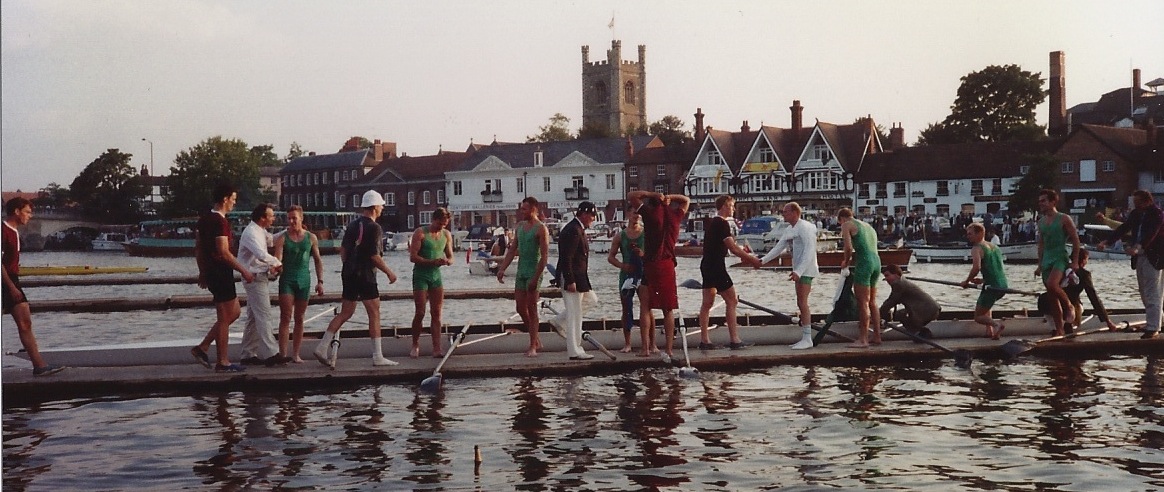And a Sporting Landmark destroyed in the Blitz
Many people bemoan what they see as the excessive influence television wields over sport, especially football.
The intimate relationship between journalists, newspapers and sports administrators is nothing new.
While researching the life and times of John Graham Chambers, it has become clear just how important Fleet Street was to the early codification and administration of many of today’s leading sports between the 1860s and 1880s.
Not only did newspaper correspondence columns provide forums through which laws were debated, but several editors and journalists played very prominent roles in the development of specific sports.
Some of the sporting connections of Fleet Street’s finest are indicated on this map:
One example was the Sportsman newspaper. Charles Alcock, F.A. secretary for 25 years from 1871, (and also secretary of Surrey County Crickey Club from 1872) wrote for the paper. The Sportsman’s offices, in Boy Court, Ludgate Hill, were the venue for the meeting on 20 July 1871 at which the F.A. Cup was first proposed. (The establishment of the Cup was formally approved at a subsequent meeting on 16 October 1871.)
Several “Courts” – narrow alleyways – still exist along Fleet Street, but there is no trace of Boy Court today. As someone who regularly visits the Fleet Street area on business, I explored the Ludgate Hill area on a number of occasions trying to find clues as to its whereabouts. Boy Court was evidently so small that even the nine-inch map in George W. Bacon’s New Large Scale Ordnance Atlas of London & Suburbs of 1888 didn’t locate the site. Online searching eventually threw up one small clue from the 1779 Horwood Map.
The Joy of the Single, a BBC4 programme broadcast in April 2017 inadvertently provided a clue as to the disappearance of Boy Court from the face of the earth.
Boy Court would have been tucked away behind the missing buildings that used to front on to Ludgate Hill on the left looking up towards St Paul’s.
Bombsight, the website that has mapped the World War 2 bomb census, reveals that the area was hit by two high explosive bombs between 7 October 1940 and 6 June 1941. So the sporting landmark where Alcock, “the father of English sport” worked, and where the F.A. Cup and international football were conceived, was obliterated in the blitz.




